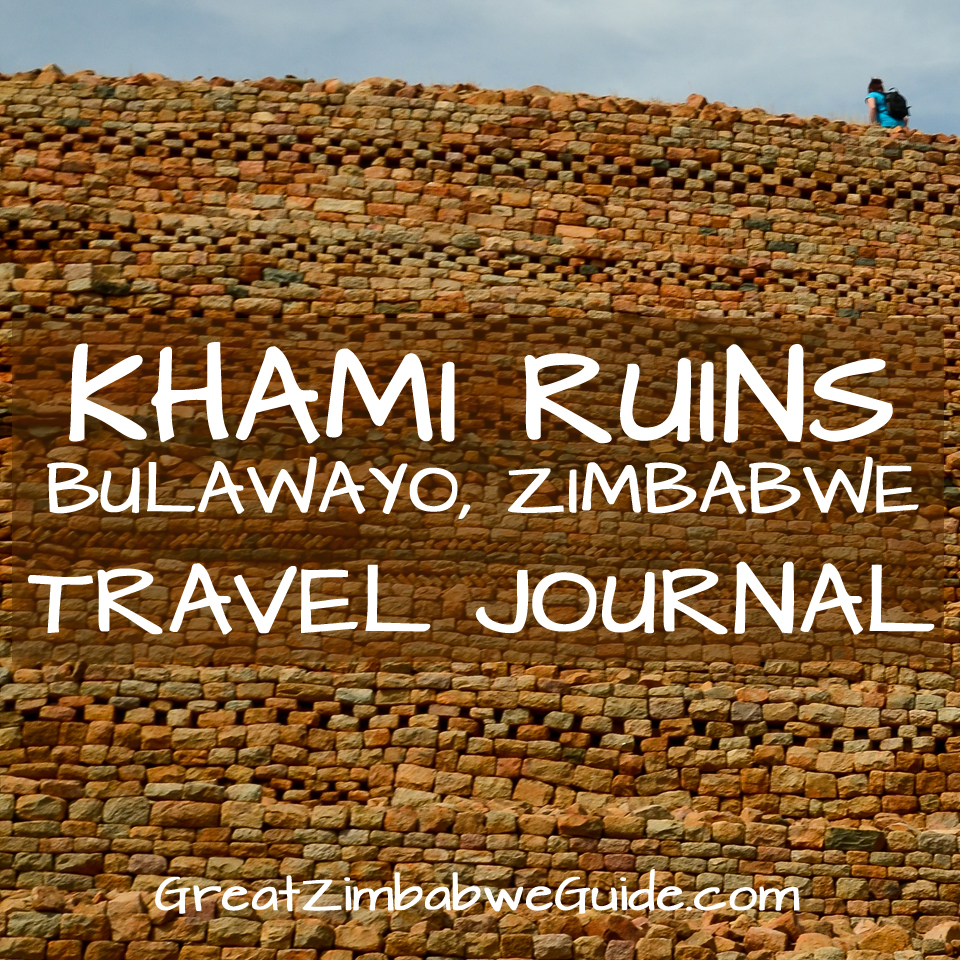 The Khami (Kame) Ruins is perhaps the least known of Zimbabwe’s five World Heritage sites. Situated just 22km (14 miles) outside of Bulawayo, Khami was the capital of the Torwa state between 1450 and around 1650, after the capital at Great Zimbabwe in Masvingo was abandoned. It was a trading centre, as attested by the Chinese, German and Spanish artefacts discovered here. Human evidence can be traced back roughly 100,000 years, according to the UNESCO report on Khami Ruins. Occupation at Khami came to an end due to a number of possibilities including attacks from the Nguni, Rozvi, and pressure from Portuguese mercenaries.
The Khami (Kame) Ruins is perhaps the least known of Zimbabwe’s five World Heritage sites. Situated just 22km (14 miles) outside of Bulawayo, Khami was the capital of the Torwa state between 1450 and around 1650, after the capital at Great Zimbabwe in Masvingo was abandoned. It was a trading centre, as attested by the Chinese, German and Spanish artefacts discovered here. Human evidence can be traced back roughly 100,000 years, according to the UNESCO report on Khami Ruins. Occupation at Khami came to an end due to a number of possibilities including attacks from the Nguni, Rozvi, and pressure from Portuguese mercenaries.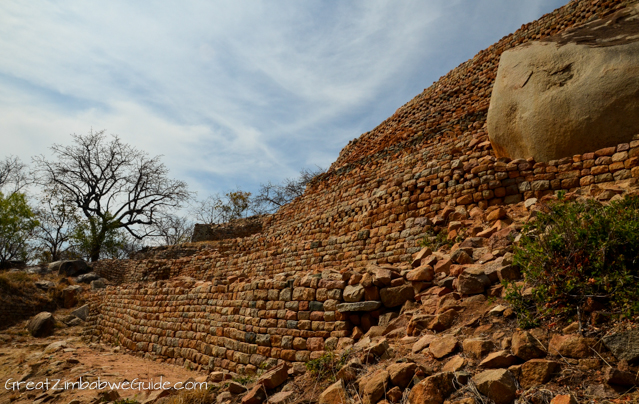
Sun-dappled terraces
We visited Khami Ruins on a sunny August afternoon. The short drive from Bulawayo to Khami Ruins took us past the industrial areas, the small high-density suburb of Nkulumane, a sewerage plant and an abandoned boarding school – but once we had arrived at the monument, the journey was forgotten. Baboons stared at us in a bored fashion as we parked the car and paid the small entry fee.
Whilst the walls in Masvingo at Great Zimbabwe are mainly freestanding, the ones here at Khami are built into the hillside. The drystone walls created stepped terraces on which houses for royalty were built. The huts (made of clay, wooden poles and thatch) have long since decayed, but the decorated terraces remain.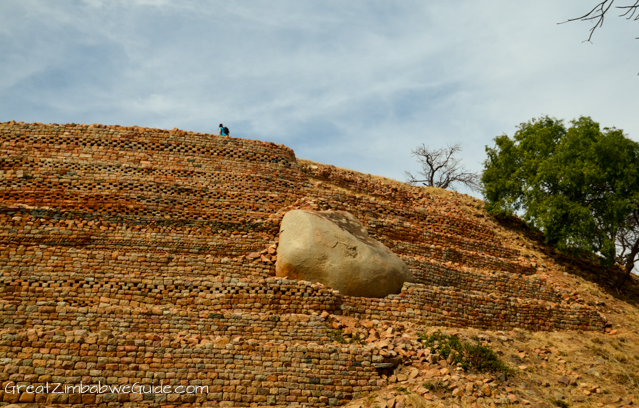
The majority of the people lived in the valley below the terraces – up to 7000 inhabitants, by some accounts. We walked to the Hill Ruins site, which was believed to be where the chief and his household lived. The walls have recently been restored, and the original stonework patterns are plain to see.
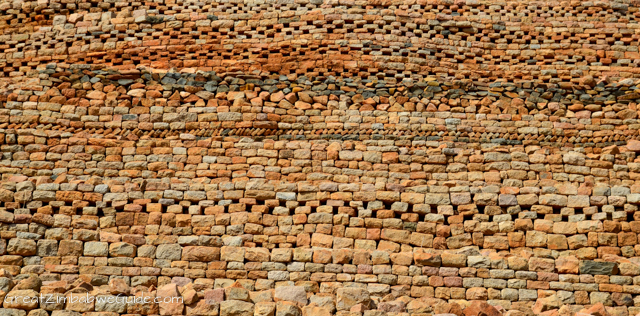
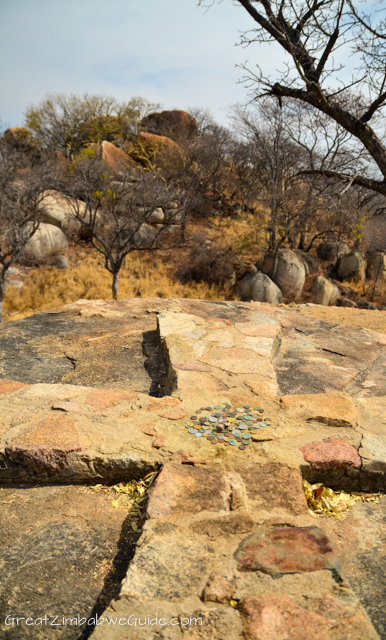 Stones laid in the shape of a cross are at the top of the hill, and its origins are a mystery. Some theories say it was placed here by a Portuguese missionary in the mid-17th century.
Stones laid in the shape of a cross are at the top of the hill, and its origins are a mystery. Some theories say it was placed here by a Portuguese missionary in the mid-17th century.
We spent about half an hour walking around the Hill Ruin site and enjoying the view from the top of the royal complex, and then went down to the picnic area for lunch. There are a number of concrete tables and benches under large, shady trees – a pleasant place to have a sandwich after the walk.
A number of paths lead to more stone platforms further afield (the Passage Ruin and North Ruin), spacing approximately 2 km, but we were content to walk around just the main royal complex. There is also a path along the river which is shady and great for bird-spotting. It leads to Khami Dam which is currently ill-maintained and polluted, so I wouldn’t recommend spending much time there. Our afternoon at Khami Ruins was a lovely escape from Bulawayo, and was one that the whole family could enjoy.
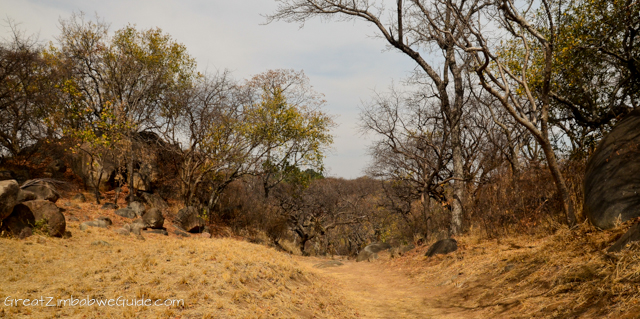
Pathway to the ruins
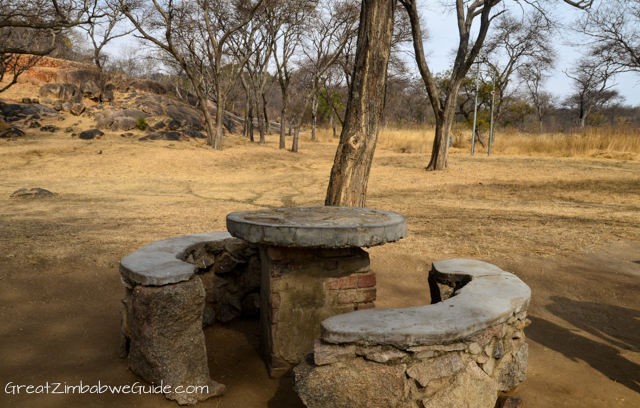
Table and chairs in the picnic area
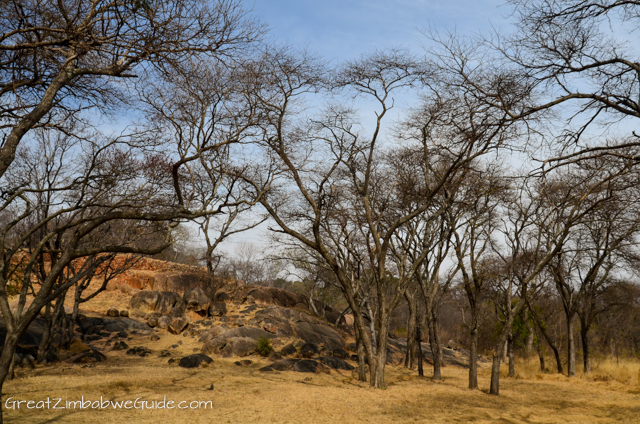
More of the picnic area
Practical details
A reasonable amount of fitness required to walk up the gradients, but the pathways are well-kept. There is a car park and picnic area. The road to the monument is tarred for most of the way. There is no cafeteria but a large picnic for a bring-your-own lunch. For a deeper understanding of Khami Ruins, visit the Natural History Museum in Bulawayo which contains many of the artefacts found at the site. Family friendly. On the day we visited we had the whole site to ourselves.
For an organised tour, try contact Khami Enterprises and African Wanderer (Ian Harmer).
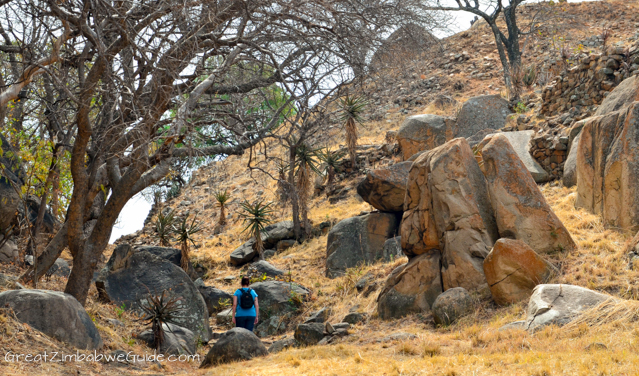
Aloe-lined path to the hill ruins.
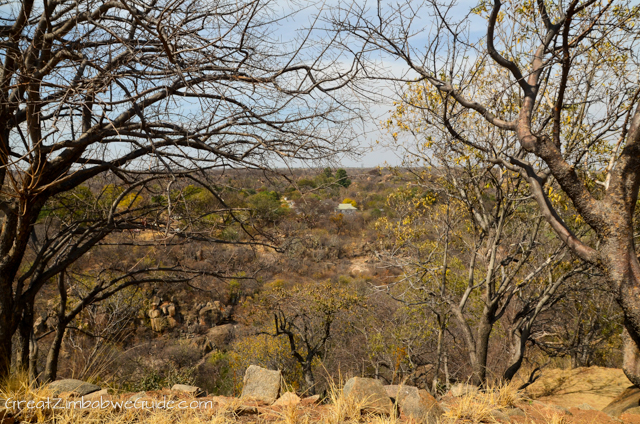
View of the valley from the hill ruins.
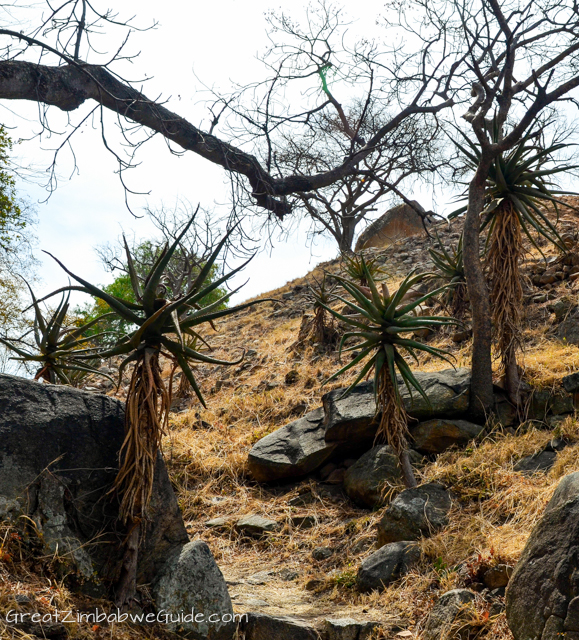

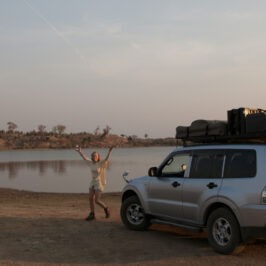

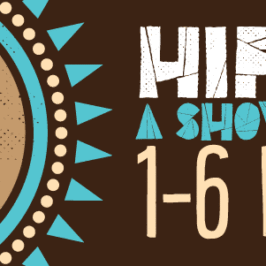


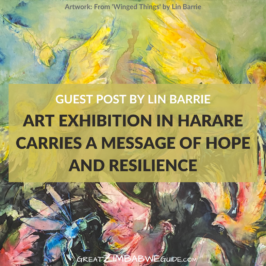
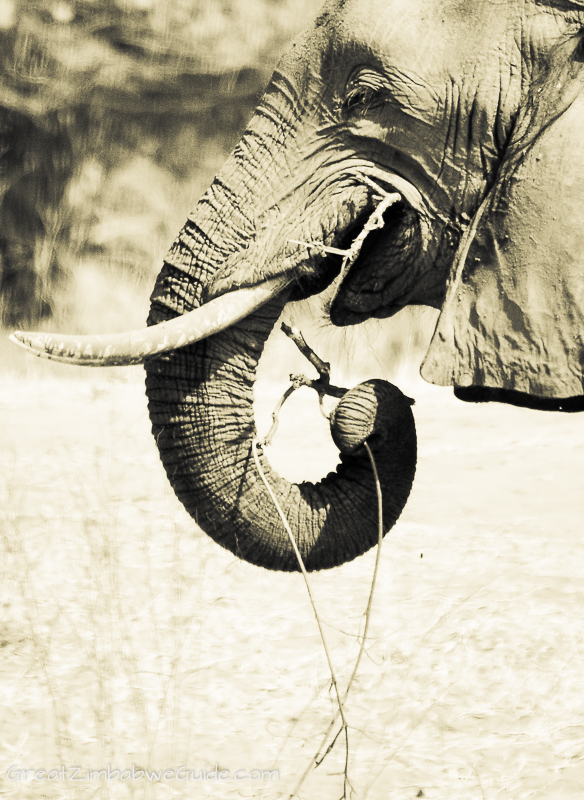
Leave a Reply